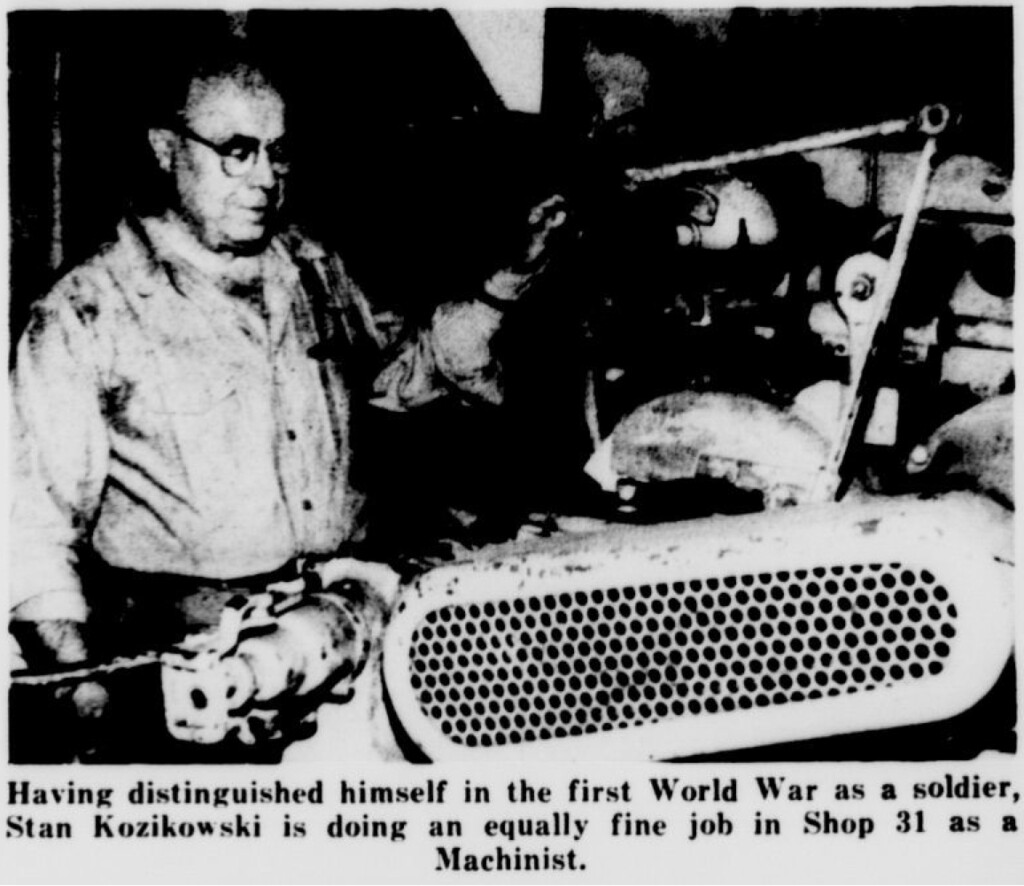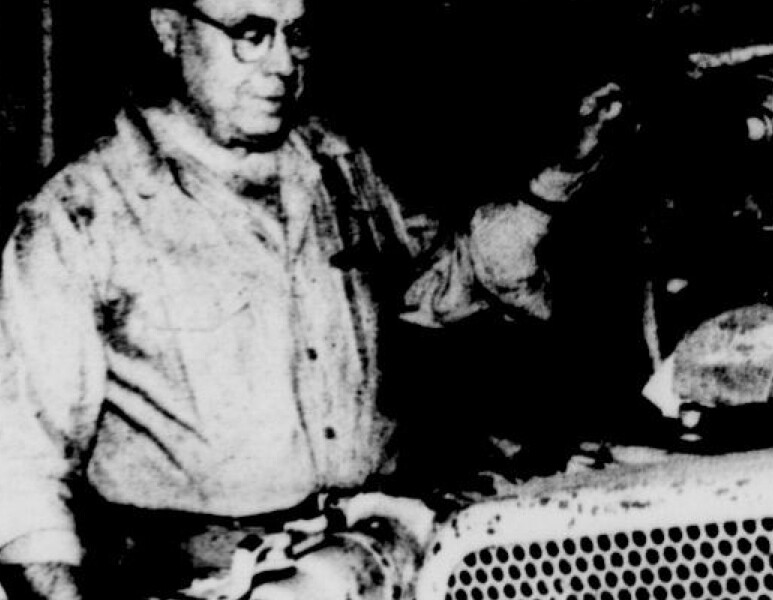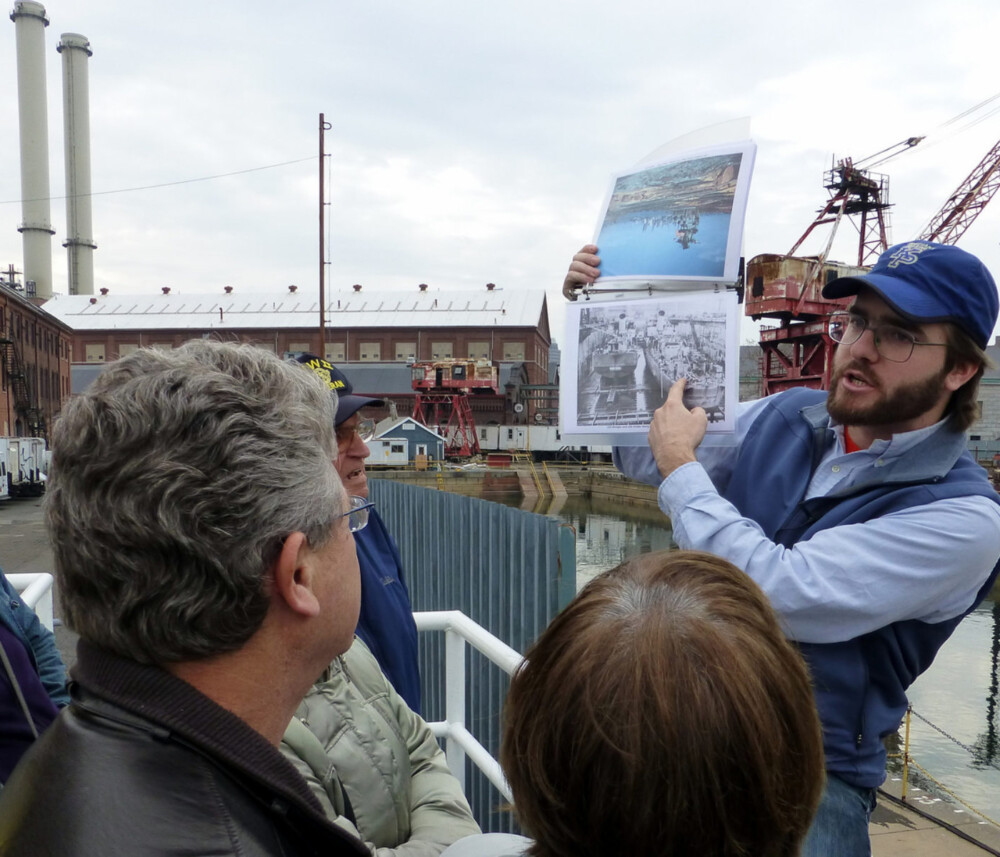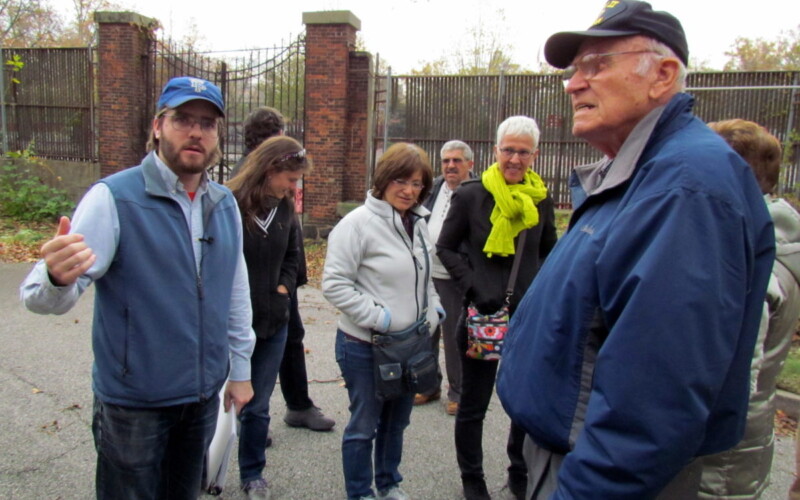Stanislaw Kozikowski (1895–1967)
Stan Kozikowski came to fame as a young man in the First World War, but spent much of his life as an unheralded machinist in the Brooklyn Navy Yard. He was born in Poland – then part of the Russian Empire – in 1895 (according to his naturalization record; other records cite 1894 and 1896) and emigrated to the United States in 1912; five years later, about age 21 and not yet a US citizen, he was drafted into the US Army. There he joined the famed 77th “Statue of Liberty” Division, 308th Infantry Regiment, which is where he would demonstrate his remarkable bravery as a member of the “Lost Battalion.”
During the Meuse-Argonne Offensive in the closing weeks of the war, the 77th was on the front lines of a major Allied push to deliver a knockout blow to Germany. Elements of the 308th, however, outpaced their compatriots, and on October 2, more than 550 men found themselves alone around Hill 198 in the Argonne Forest, surrounded by the enemy on all sides and subject to a punishing counterattack. With their position unknown to fellow American units, they were also hit with artillery fire from their own side. The situation appeared hopeless, and battalion appeared to be undoubtedly destroyed or captured.
Battalion commander Maj. Charles Whittlesey had dispatched several runners, but none of them made it to American lines alive with a desperate message for help. Private Kozikowski volunteered to make the dash, along with Private Clifford Brown, and the two made it through the mud and rain, and past countless German positions, undetected, until they reached an American outpost to deliver the message. Coincidentally, the message was also received by other American units from Cher Ami, a homing pigeon, and from another immigrant soldier, Private Abe Krotoshinsky, a Polish Jew. Eventually a rescue was mounted, and 194 of the unit’s 500+ men survived the six-day ordeal.

For his bravery, Kozikowski – along with Brown and Krotoshinsky – received the Distinguished Service Cross, the second-highest award in the US Army, as well as a citation from division commander Gen. Robert Alexander. His award read as follows:
The Distinguished Service Cross is presented to Stanislaw Kozikowski, Private, U.S. Army, for extraordinary heroism in action near Binarville, France, October 2–7, 1918. During the time when his company was isolated in the Argonne forest and cut off from communication with friendly troops, Private Kozikowski, together with another soldier, volunteered to carry a message through the German lines, although he was aware that several unsuccessful attempts had been previously made by patrols and members of which were either killed, wounded or driven back. By his courage and determination, he succeeded in delivering the message and brought relief to his battalion.
After his discharge from the Army, Kozikowski continued to serve his country. He had already worked as a machinist before the war, and in 1927 he took a job at the Brooklyn Navy Yard, where he worked for more than 30 years, mostly in Shop 31, which is today the home of New Lab. He displayed the same stoicism and determination in his job that he had in October 1918. The Brooklyn Navy Yard Shipworker described him as “a quiet, unassuming individual, a man one would hardly expect to be pointed out as one of this country’s greatest heroes of World War I.” His supervisors at the Yard said of him to Lost Battalion historians Thomas M. Johnson and Fletcher Pratt, “No job is too difficult for Stan. … The man is extremely cooperative and never complains about any assignment.”
Stan passed away in 1967 and is buried in Long Island National Cemetery.





